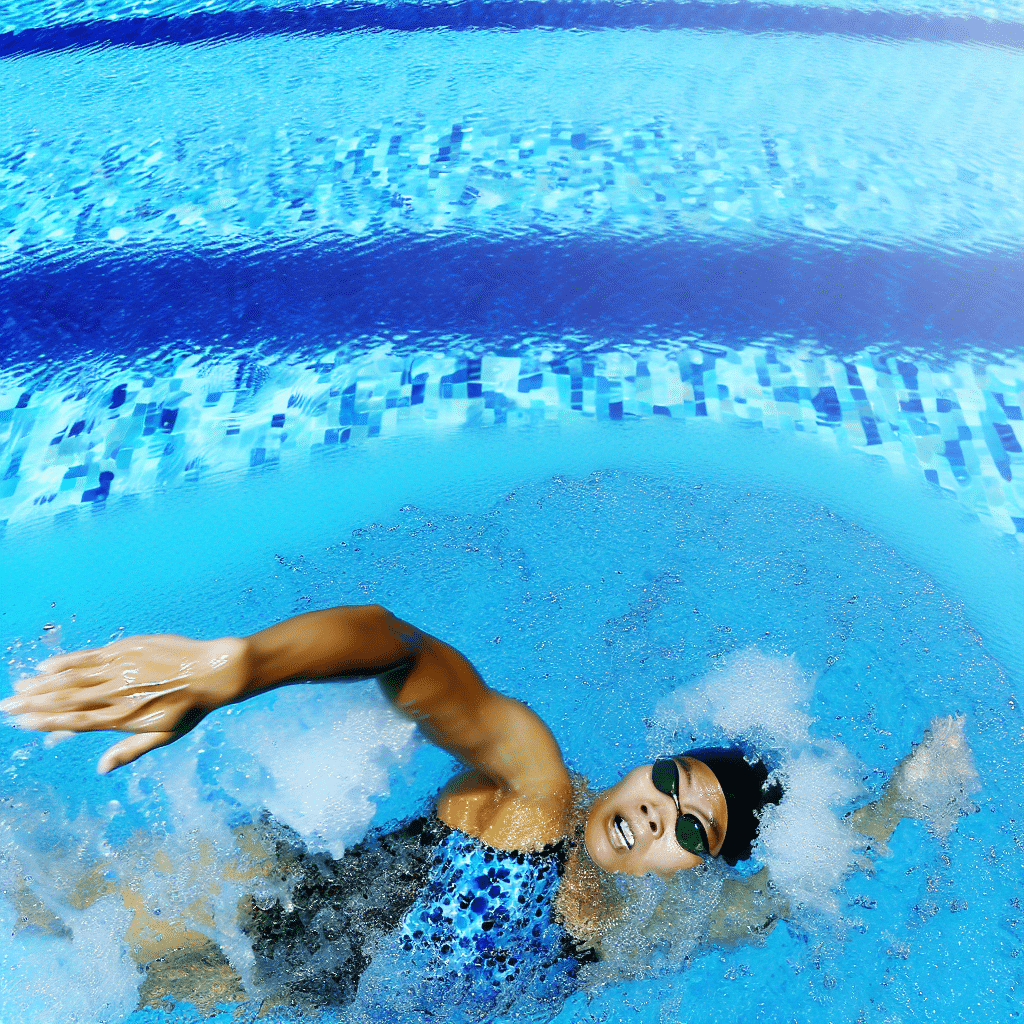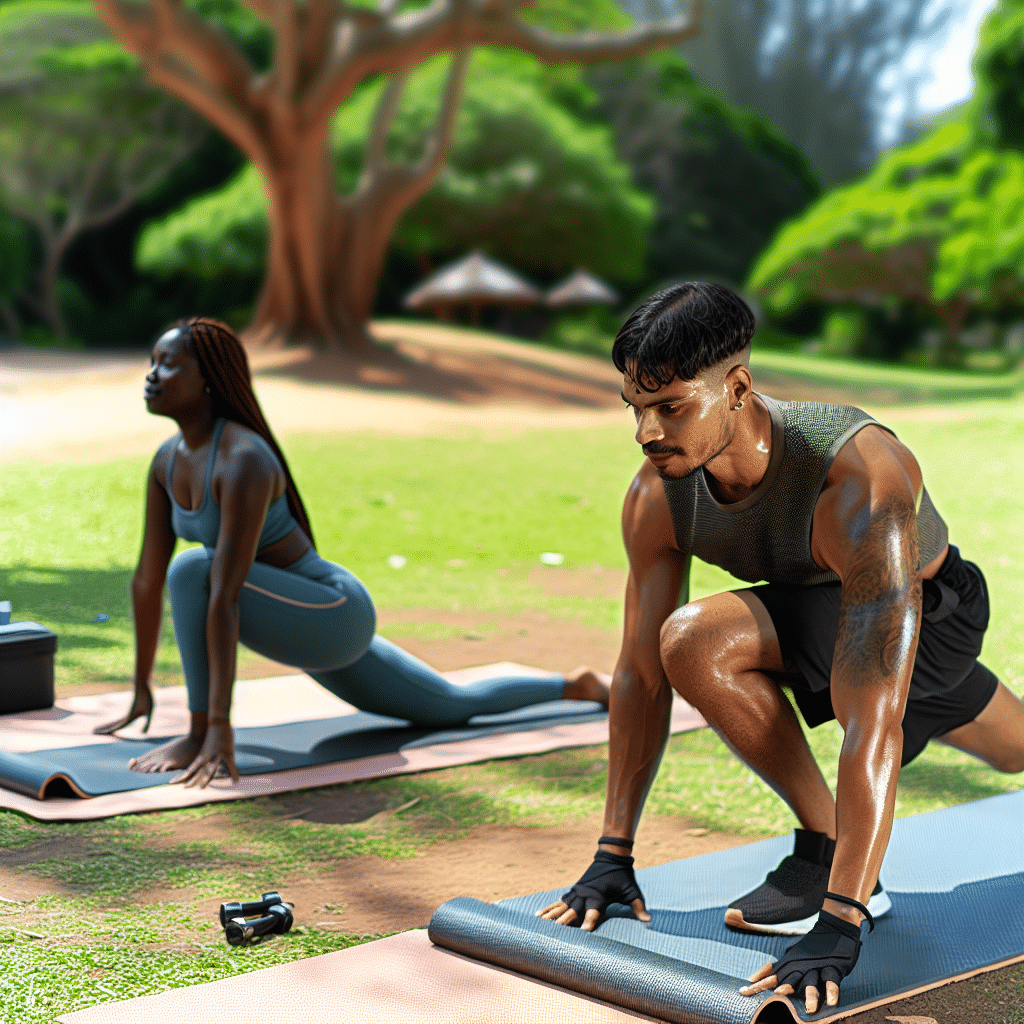Swimming, an activity that has charmed humans for centuries, comes in various styles and techniques. Among these, back swimming, or the backstroke, stands out for its unique position and movements. This guide will delve into the intricacies of back swimming, exploring its history, benefits, techniques, and tips for improvement.
What is Back Swimming?
Back swimming, also known as backstroke, is a type of swimming where the swimmer lies on their back and moves through the water using alternating arm strokes and flutter kicks. Unlike other swimming styles, back swimming allows the swimmer to breathe freely, as their face remains above water at all times. This style is often introduced early in swimming lessons due to its relatively easy breathing technique.
A Brief History of Back Swimming
The backstroke has a rich history that dates back to ancient times. Evidence suggests that the ancient Egyptians and Greeks practiced a form of back swimming. However, it wasn’t until the early 20th century that it was formally recognized as a competitive sport. The backstroke was first included in the Olympics in 1900 for men and 1924 for women. Over the years, the technique has evolved, with contemporary backstroking emphasizing efficiency and speed.
Why Should You Learn Back Swimming?
Health Benefits
Back swimming offers numerous health benefits. It provides a full-body workout, engaging muscles from the shoulders to the calves. This style of swimming is particularly beneficial for improving posture and alleviating back pain, as it encourages spinal alignment and reduces pressure on the spine.
Safety
Knowing how to backstroke can be a valuable safety skill. In emergency situations, being able to float on your back and move through the water can help conserve energy and facilitate easier breathing.
Relaxation
Back swimming can be a calming and meditative activity. The rhythmic arm movements and regular breathing can help reduce stress and promote mental well-being.
How to Perfect Your Back Swimming Technique
Body Position
The foundation of an effective backstroke lies in maintaining the correct body position. Your body should be horizontal and streamlined, with your head in a neutral position looking up at the ceiling or sky. Avoid raising your head too high, as this can cause your hips and legs to sink, creating drag.
Arm Movements
The arm movements in back swimming are crucial for propulsion. Each arm alternates in a circular motion. As one arm recovers above the water, the other arm pulls below. Ensure your thumb exits the water first, followed by a pinky-first entry. This helps reduce resistance and maintain a smooth stroke.
Kick Technique
The flutter kick is used in back swimming. It involves a continuous, rapid up-and-down movement of the legs. Your legs should be straight, with minimal bending at the knees. The power of the kick comes from your hips, not your knees.
Breathing
Breathing in back swimming is relatively simple compared to other styles. Since your face is above water, you can breathe naturally. However, to maintain rhythm and balance, try to coordinate your breathing with your arm strokes.
Common Mistakes and How to Avoid Them
Navigating the nuances of back swimming requires attention to detail. Here are some common mistakes and tips to avoid them:
Sinking Hips
A common mistake is allowing your hips to sink, which creates drag. Focus on maintaining a horizontal body position and engage your core muscles to keep your hips at the surface.
Incorrect Arm Entry
Entering the water with a flat hand can increase resistance. Aim for a pinky-first entry to reduce drag and promote a smoother stroke.
Bending Knees Too Much
Excessive knee bending during the flutter kick can waste energy and reduce propulsion. Keep your legs relatively straight and generate power from your hips.
Tips for Improving Your Backstroke
Drills
Incorporate specific drills into your practice to enhance your technique. Single-arm drills, for example, can help you focus on the motion of each arm individually.
Use a Swim Coach
A swim coach can provide personalized feedback and guidance. They can analyze your technique and suggest improvements, helping you master back swimming more efficiently.
Practice Regularly
Consistency is key to improvement. Regular practice not only builds muscle memory but also enhances your overall swimming endurance and speed.
Conclusion
Back swimming is a valuable skill that offers numerous physical and mental benefits. Its unique style and ease of breathing make it a popular choice among swimmers of all levels. By understanding its history, mastering the technique, and avoiding common mistakes, you can enjoy the full benefits of back swimming. So, dive in, float on your back, and embrace the rhythm of the water as you perfect this timeless swimming style.




